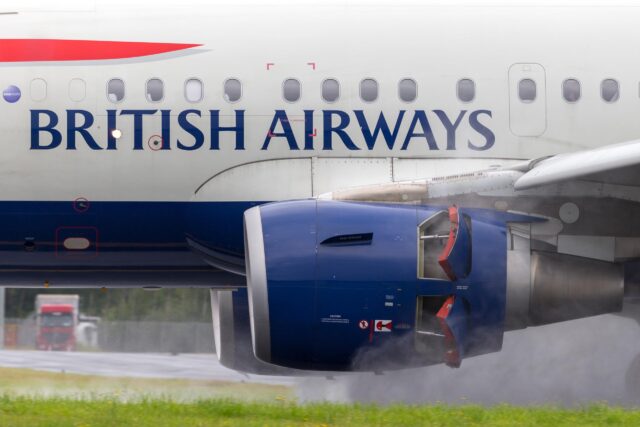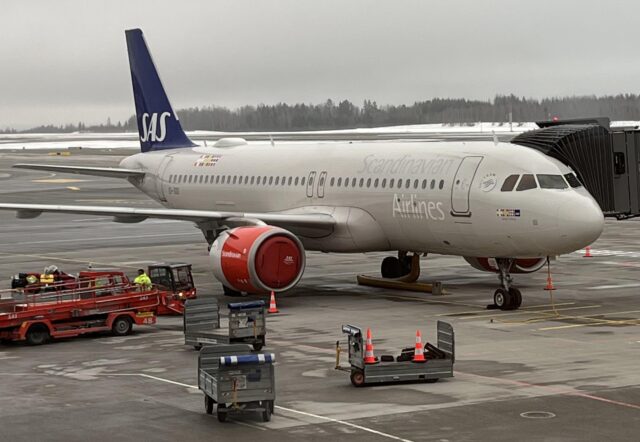Spirit Airlines: What’s gone wrong and can the carrier survive?

August 14, 2025

In its latest quarterly filing, Spirit Airlines flagged ‘substantial doubt’ about its ability to continue operating long term.
Struggling with increased competition and weak demand for domestic travel, Spirit stated on 11 August, “Management has concluded there is substantial doubt as to the Company’s ability to continue as a going concern within 12 months from the date these financial statements are issued.”
It’s only been four months since Spirit emerged from Chapter 11 bankruptcy, eliminating $800 million in debt in the process. Since then, it has taken positive steps to shore up its cashflow, including introducing premium economy, entering into sale and leaseback transactions and even furloughing 270 of its pilots.
But the situation at Spirit has gone from bad to worse, with the airline reporting a $245.8 million loss in Q2 2025, a sharp deterioration from the $192.9 million deficit recorded in the same period a year earlier.
What’s gone wrong for Spirit, and can the airline come back from the brink?
Weakness in the US domestic market is making it hard for Spirit to recover
At the heart of Spirit’s lack of recovery following its Chapter 11 exit in March is a faltering domestic leisure travel market. In its Q2 filing, the airline said,
“The Company has continued to be affected by adverse market conditions, including elevated domestic capacity and continued weak demand for domestic leisure travel in the second quarter of 2025, resulting in a challenging pricing environment,” Spirit says. “The Company continues to experience challenges and uncertainties in its business operations and expects these trends to continue for at least the remainder of 2025.”

This isn’t just a problem for Spirit.
In its Q2 2025 report, Southwest Airlines reported lower-than-expected profits and revenues, attributing the shortfall to weak travel demand.
American Airlines posted record revenues in Q2, but this financial strength heavily leaned on premium cabin sales and international routes. The company admitted that domestic economy demand had softened significantly.
Fellow low-cost leisure airline Frontier also warned of weak domestic demand. On its 5 August earnings call, CEO Barry Biffle said, “The domestic [side] is not making money. And that’s because there is too much supply relative to demand.”
This oversupply of seats is making life very difficult for airlines like Spirit, forcing it into aggressive fare wars and compressing yields. Full-service carriers have premium passenger revenues to lean into, but budget airlines find themselves with nowhere to go.
Two failed mergers and a hamstrung fleet
While all US airlines are feeling the effects of dampened domestic demand, Spirit is also facing some unique challenges that are adding to its burden.
As an all-Airbus airline, Spirit has been heavily affected by Pratt & Whitney geared turbofan (GTF) engine problems on its Airbus A320neo-family fleet. Over half of its aircraft are new technology Airbus narrowbodies, all of which are powered by the PW1100G engine.

The airline struck compensation agreements with Pratt & Whitney for the prolonged grounding of its fleet, but the disruption continues to affect schedules and revenues.
The airline has responded by deferring new aircraft deliveries and cutting routes. This means that, even if the domestic situation were to improve, Spirit would struggle to ramp up its capacity beyond where it is today.
Two potential escape routes have been blocked for the airline. The JetBlue deal was blocked on antitrust grounds in January 2024. Earlier this year, Frontier again proposed a merger, but Spirit rejected it for a second time.
Strategically isolated and struggling for both aircraft and passengers, it’s no surprise Spirit’s share price took a nosedive after the earnings call. But is this the whole story?
Can Spirit Airlines survive?
The ‘going concern’ flag raised in the earnings call is significant and legally required. The airline risks breaching liquidity covenants tied to its debt and credit-card processing contracts, and is required to disclose this by its outside auditors.
But it is only a genuine risk if the airline doesn’t make changes. And as new CEO Dave Davies said in an email to staff this week, seen by AGN, “we are.”
Eager to frame the worrysome language of the 10-Q as more of an accounting requirement than a death sentence, Davies outlines the changes the airline intends to make to avoid a demise within 12 months.

“Since my arrival at the airline, the Senior Leadership Team and I have developed a plan that leans into Spirit’s strengths,” Davies wrote, “while moving away from the elements of the business that no longer work.”
Elaborating on this, he noted this includes growing the network in the strongest markets with the most opportunities, and making some difficult decisions on the routes that are unprofitable. Further, he said Spirit is making improvements to revenue management systems and the way its products are sold.
“By doing so, the team and I are confident that we can build a Spirit that will continue to provide consumers the unmatched value that they have come to expect for many years to come,” he concluded.
As noted in the earnings call, Spirit is making clear and urgent moves to raise cash. Selling assets, including aircraft, real estate, and airport gate slots, is centre-stage in its strategy.
Yet the company also tensions this with realistic caution, acknowledging these initiatives may not succeed quickly enough to stave off liquidity crunches or covenant breaches.
For now, Spirit’s survival hinges on executing this turnaround plan at speed, while navigating an unforgiving market and a reduced fleet. Investors, employees and passengers alike will be watching the next few quarters closely to see if Spirit can translate its promises into a genuine recovery.
















